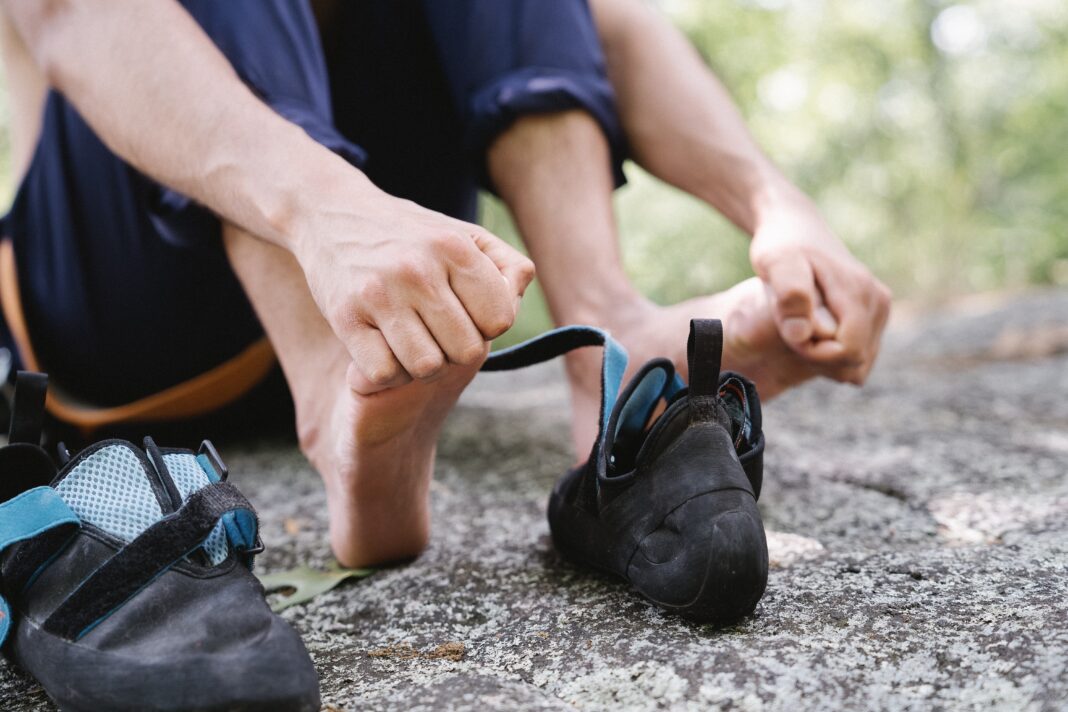Foot orthotics improve your ability to walk, run, and exercise by correcting how your feet move and cushioning or stabilizing them. They also reduce fatigue and increase your range of motion.
Unlike the one-size-fits-all insoles you can buy at any drugstore, prescription orthotics are designed to fit your feet. This is why they’re so effective.
Reduces the Risk of Other Painful Foot Conditions
Foot orthotics can help reduce pain caused by bunions, plantar fasciitis, flat feet, and diabetes. They also offset stress levels on the feet as you walk, stand and run.
A pedorthist or podiatrist may recommend foot orthotics when other treatments, such as exercise and medication, have failed to relieve symptoms. They will ask questions about when your symptoms started, what makes them better and worse, and how you manage them.
Abnormal foot movement patterns, such as overpronation, can cause the ligament that supports your arch to be stretched and damaged. This creates a chain reaction that leads to foot pain in the heel and arch and other issues such as bunions.
A molded orthotic can stop your foot from overpronating, reducing the damage to your ligaments and allowing them to heal. It can also take pressure off the bones in your feet and reduce the discomfort caused by other conditions, such as bursitis, which causes inflammation in fluid-filled sacs in your heels and toes.
Corrects Foot Misalignment
Foot orthotics, also known as shoe inserts, can help change how your foot biomechanics work. They support your feet, realign them, and can reduce the stress put through your knees when you walk or run.
Foot misalignment can cause pain in your hips, back, and knees. This is because your body must compensate to deal with the imbalanced forces. Orthotics can correct these issues and eliminate the resulting pain.
The most common sign that you need orthotics is excessive wear on the outside of your shoes. This indicates that you pronate or roll too far when you walk.
Over-the-counter shoe inserts are available but must address these specific problems. Orthotics that are customized are created to give support to your foot’s arch. They help with balance and stability when standing or walking. This will minimize your pronation or rolling, relieve pressure on your feet and lower leg joints, and eliminate the pain that results from it.
Reduces Foot Pain
Orthotic inserts can help reduce pain caused by many foot, ankle, and lower leg conditions. They also help improve balance and decrease the risk of injuries by absorbing shock, redistributing pressure, and reducing foot and ankle movement in unnatural positions.
Those with flat feet or a very high arch can experience pain as the ligament that supports the arch is stretched beyond its capacity, leading to painful inflammation such as plantar fasciitis. Orthotics that raise the arch can prevent this overstretching, allowing the ligament to heal and reducing the pain and discomfort.
Other issues resulting from incorrect foot movement patterns that orthotics can address include bunions (a painful bump that develops at the base of the big toe) and bursitis, an inflammation of fluid-filled sacs in the heel and toes. Adding cushioning under the ball of the foot in an orthotic can reduce the pain and pressure that leads to these problems.
Improves Posture
Everything in your feet directly impacts walking, running, jumping, and standing. When your feet are misaligned, it can lead to problems in your legs, hips, and back — from a hunched-over posture to a lack of strength in your calf and foot muscles.
Correcting the misalignment of your feet with foot orthotics can improve your posture. They can lift your arch to the optimal height, cushion your heel and help stabilize your heels so you can stand and walk with an optimum range of motion that doesn’t throw any other muscle groups or bones out of alignment.
Some research suggests that adding textured, noise-enhanced, or functional surfaces to your orthotics can also improve their balance-facilitating effects. This is because these devices increase sensory feedback from your foot’s plantar surface, helping to inform the foot’s movements and positioning better.

